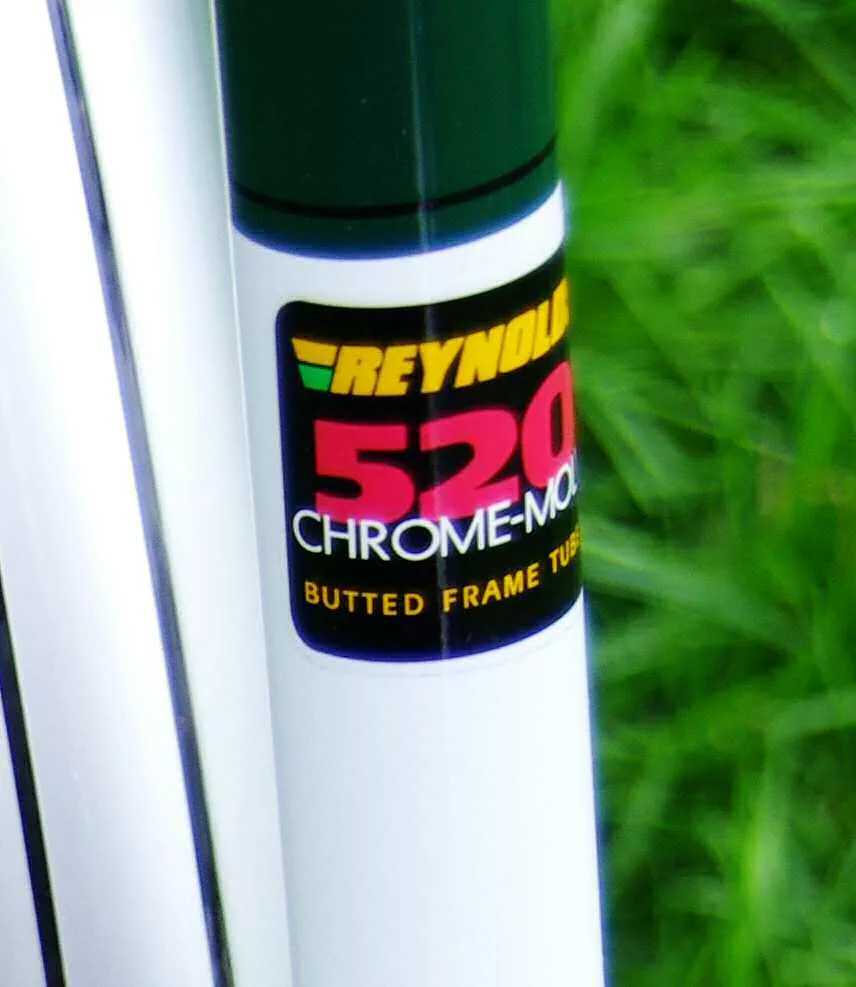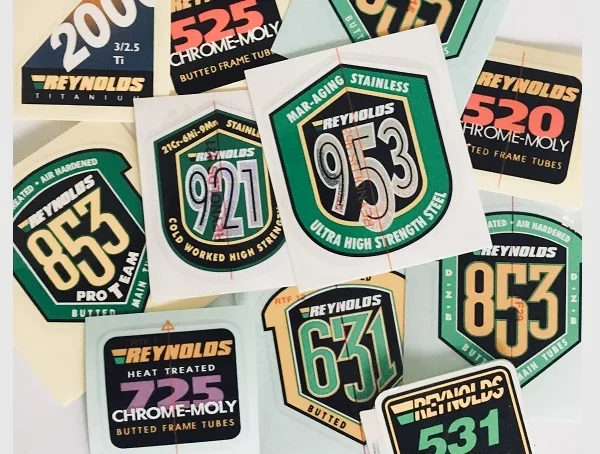When it comes to cycling, the importance of choosing the right frame material cannot be understated. Reynolds tubing has been a popular choice for bike manufacturers for decades due to its strength and durability. In this article, we will delve into the history of Reynolds tubing, its strengths, advancements in technology, and the future of Reynolds tubing in cycling.
Table of Contents
ToggleThe History of Reynolds Tubing
Reynolds is a British company that has been producing high-quality tubing for bicycles since 1898. The company began by producing tubes for the automobile industry but soon shifted its focus to the cycling industry. Reynolds tubing has been used in many iconic bikes over the years, including the Raleigh Chopper and the Brompton folding bike. Reynolds has a long-standing reputation for producing some of the strongest and lightest tubing on the market.
In the 1930s, Reynolds introduced their first high-performance steel tubing, called “531.” This tubing was made from a manganese-molybdenum alloy and quickly gained a reputation for its strength and stiffness. It was used by many of the top professional cyclists of the era.
In the 1950s, Reynolds introduced a new tubing called “531c,” which was made from a chromium-molybdenum alloy. This tubing was even stronger and lighter than the original 531 and became the standard for high-performance racing bicycles.
Reynolds tubing since the 1970s
In the 1970s and 1980s, Reynolds faced increasing competition from aluminium and carbon fibre frames, but they continued to innovate and develop new steel alloys. In 1987, they introduced a new tubing called “753,” which was made from a heat-treated steel alloy that was even lighter and stronger than previous Reynolds tubing.
Today, Reynolds continues to produce high-quality steel tubing for bicycles, including the popular 853 and 953 tubing. Although steel frames are no longer as popular as they once were, many cyclists still appreciate the ride quality and durability of a well-made steel frame, and Reynolds tubing remains a top choice for those looking for a high-performance steel frame.
The Strengths of Reynolds Tubing
One of the main strengths of Reynolds tubing is its ability to be customised to meet the specific needs of a bike’s geometry. Reynolds offers a range of tubing options, each with different stiffness, strength, and weight characteristics. This allows bike manufacturers to create frames that are tailored to the specific needs of the rider. Additionally, Reynolds tubing is known for its strength and durability, making it a popular choice for riders who put their bikes through extreme conditions.
- Stiffness: Reynolds tubing is known for its stiffness, which means it doesn’t flex or bend easily. This stiffness translates into a more responsive ride and better power transfer when pedalling.
- Strength: Reynolds tubing is made from high-quality steel alloys that are strong and durable. This makes it less likely to fail or break under stress, and can help ensure a long lifespan for the bike frame.
- Ride quality: Steel frames made with Reynolds tubing have a reputation for providing a smooth, comfortable ride. This is due in part to the way steel absorbs vibrations and dampens road chatter.
- Customisation: Reynolds tubing comes in a variety of shapes and thicknesses, which allows bike builders to customise the frame to the rider’s specific needs. This means the bike can be optimised for a specific type of riding or rider preference.

Advancements in Reynolds Tubing Technology
Reynolds has always been a leader in tubing technology, constantly pushing the boundaries of what’s possible. In recent years, Reynolds has developed new technologies such as 3D-printed titanium lugs and the R-Works program, which allows for even more customisation of tubing characteristics. Reynolds has also developed a new heat treatment process that allows for even greater strength and durability.
The Future of Reynolds Tubing in Cycling
As technology continues to advance, the future of Reynolds tubing in cycling looks bright. With new advancements in 3D printing and heat treatment, Reynolds is poised to continue to be a leader in high-quality bike tubing. Additionally, as more riders seek out custom, handmade bikes, Reynolds’ ability to customise tubing to meet specific needs will continue to be in high demand.
Overall, Reynolds tubing is a tried and true choice for bike manufacturers and riders alike. Its strength, durability, and customisability make it a top choice for riders who demand the best. With a long history of producing high-quality tubing and a commitment to innovation, Reynolds looks set to continue to be a leader in the cycling industry for years to come.






